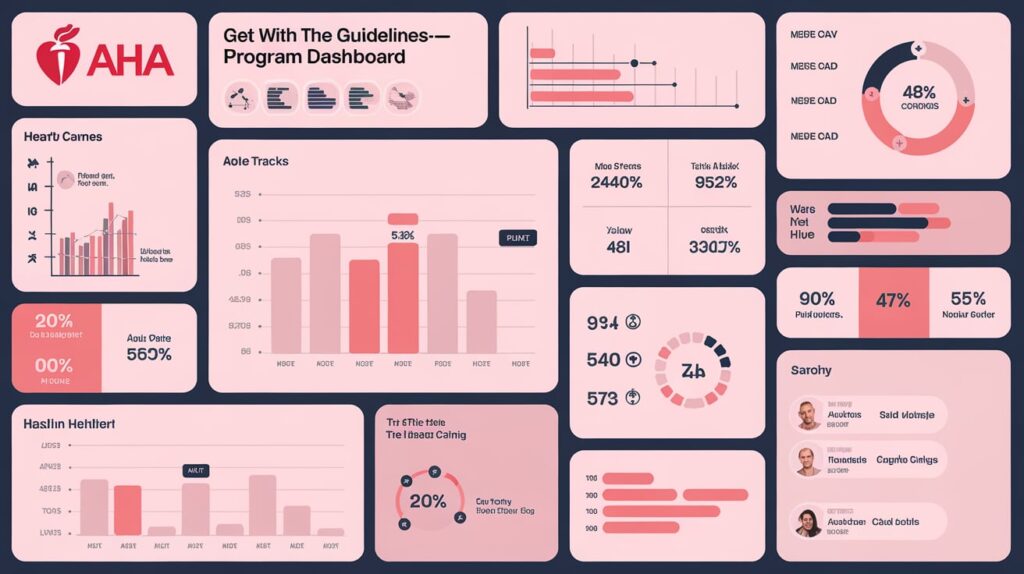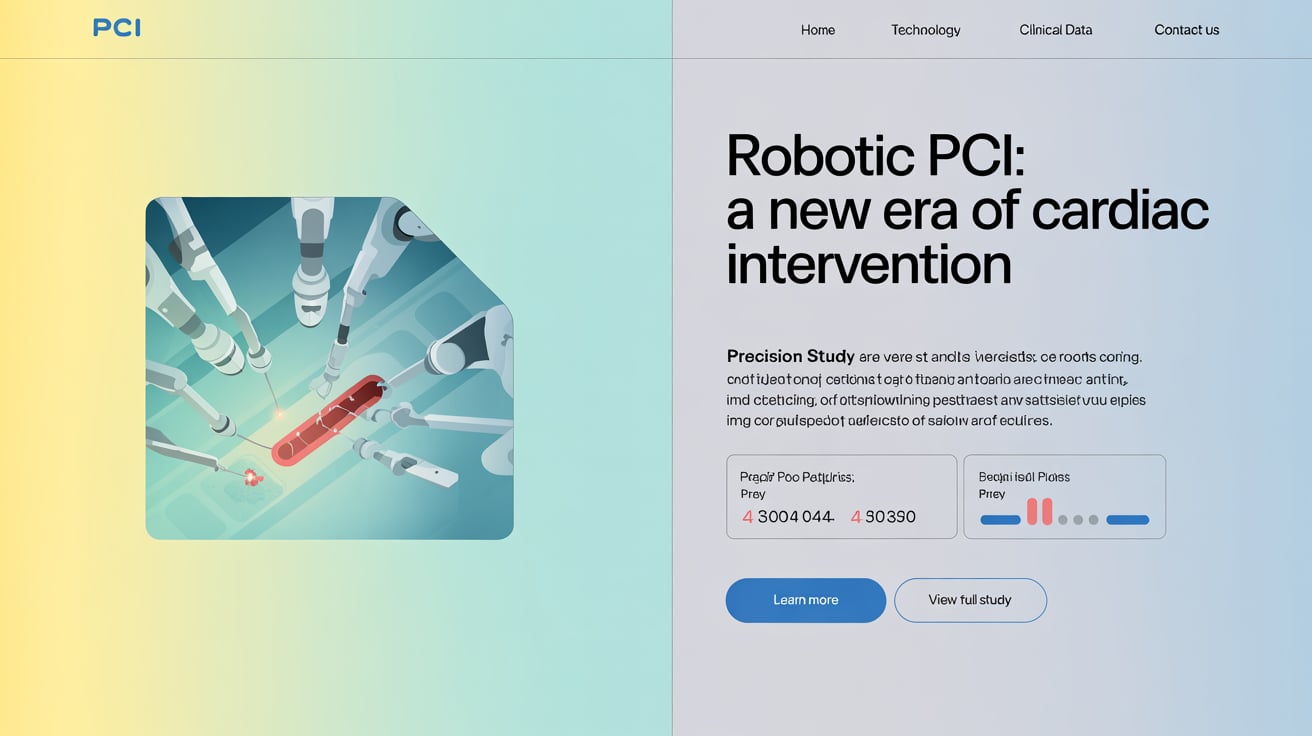The American Heart Association’s (AHA) Get With The Guidelines-Stroke program has significantly advanced stroke care in the U.S. since its inception in 2003. This data-driven initiative, covering nearly 3,000 hospitals and over 75% of all acute ischemic stroke cases, has led to substantial improvements in treatment adherence and patient outcomes.
Key Improvements in Stroke Care:
- Rapid Treatment: The percentage of eligible patients receiving clot-busting treatment (intravenous thrombolytics) within the critical 60-minute window increased from 20% to over 75%.
- Medication Adherence: Statin therapy for stroke of atherosclerotic origin rose from single digits to above 80%, and discharge rates for oral anticoagulation in atrial fibrillation patients exceeded 90%.
- Mortality Reduction: In-hospital mortality rates for acute ischemic stroke, intracerebral hemorrhage, and subarachnoid hemorrhage decreased significantly.
Addressing Challenges and Disparities:
While the program has achieved remarkable success, there are still challenges, particularly with early stroke recognition and emergency response times. Delays due to lack of symptom recognition remain a concern, highlighting the need for public education and faster emergency activation.
Disparities in treatment timing across racial, ethnic, sex, and age groups also persist. Efforts are underway to address these gaps through targeted interventions aimed at ensuring equitable care.
Data-Driven Progress:
The program’s success stems from real-time feedback, setting benchmarks, and sharing best practices, which have been crucial in driving improvements across hospitals nationwide.
Follow MEDWIRE.AI for more updates on stroke care and cardiovascular advancements.








